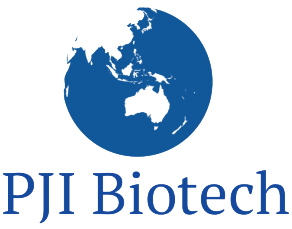Organizations continuously face challenges related to quality improvements. Management trains front-line and quality management staff on different process improvement courses to improve the management of quality. Based on the training different quality improvement initiatives are implemented. How do you know if these initiatives are the right ones?
Strategic Quality Planning is an organization’s process to identify the right quality initiatives to manage quality, define its strategy, or direction, and make decisions on allocating its resources to pursue this strategy.
Strategic planning is a preventative process that starts with research and analysis (SWOT analysis) of a Quality Organization, followed by the development of a Strategic Quality Plan.
Benefits of Quality Strategic Planning
Strategic Quality plans are generally created for risk mitigation and compliance improvement or new products. There are several tangible and intangible benefits of strategic planning. Tangible benefits are quantified, and intangible benefits are often not quantified but create a high value in any organization. The following are 4 key benefits:
Benefit # 1: Creates a Vision
One significant benefit is that it creates a single vision for Quality so that everyone can act with a broader strategy in mind. Everyone understands the strategy and reasoning behind the strategic quality initiatives. For example, if people don’t understand the quality strategy and rationale, they can make a decision to counteract its effort.
Benefit #2: Decision Making
The decisions come with inherent bias. Strategic planning processes force you to analyze existing data, increase risk knowledge, conduct risk forecasting, and provide a rationale for decisions, which results in faster, more accurate decision-making processes to reduce/control risks. It also improves the ability to budget quality goals proactively. Strategic planning reduces the complexity of the implementation of initiatives due to clear prioritization.
Benefit # 3: Key Performance Indicators (Metrics) Monitoring
Strategic planning provides clarity on goals and their priority. Prioritized goals make the quality management review process highly transparent and effective. It also improves management oversight, management of risks, accountability, and visual performance management.
Benefit # 4: Quality Cost Reduction
One of the tangible benefits is cost reduction as a result of compliance and metric improvement. Improved cycle times, fewer nonconformances, and less rejected material result in reduced cost of quality.

